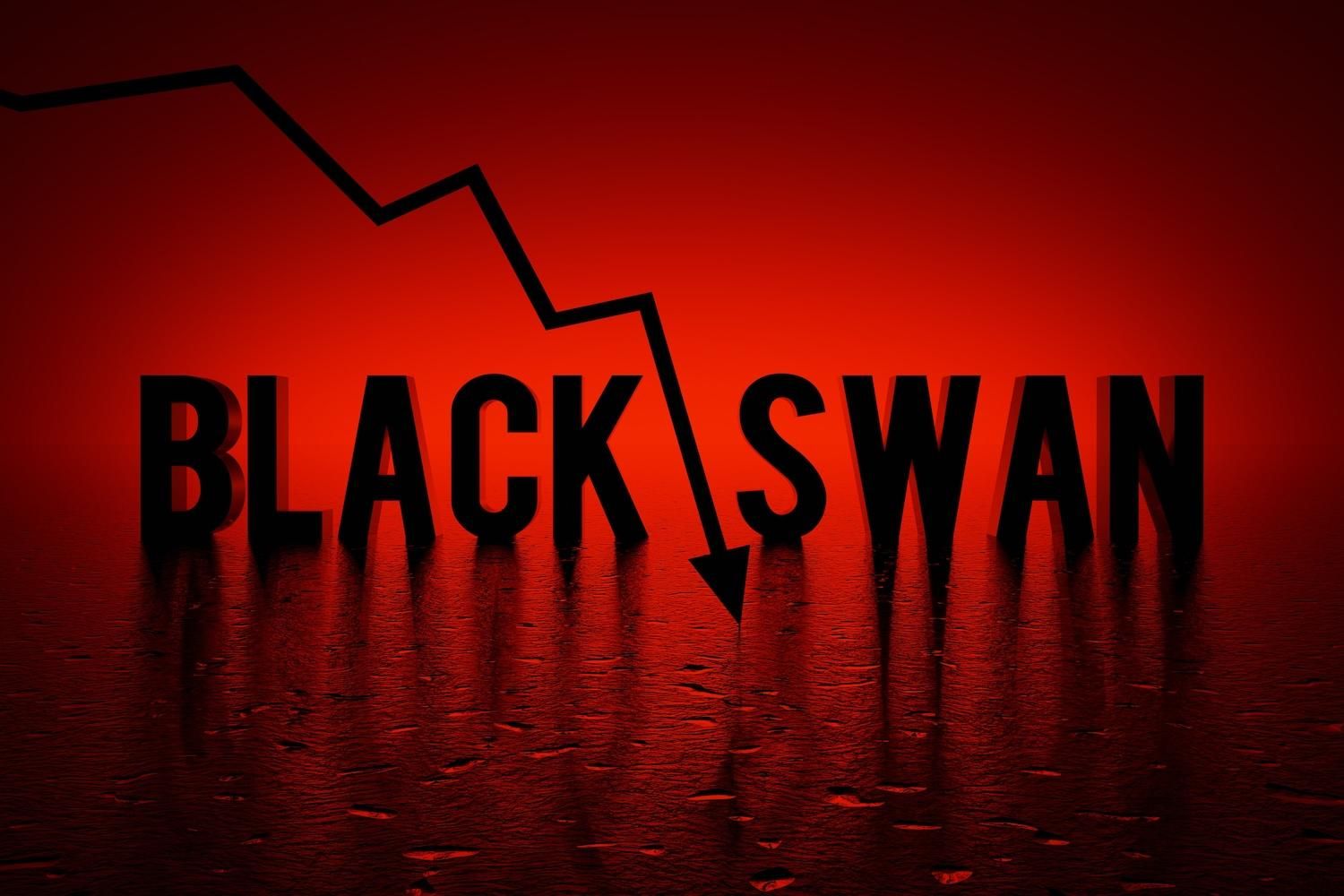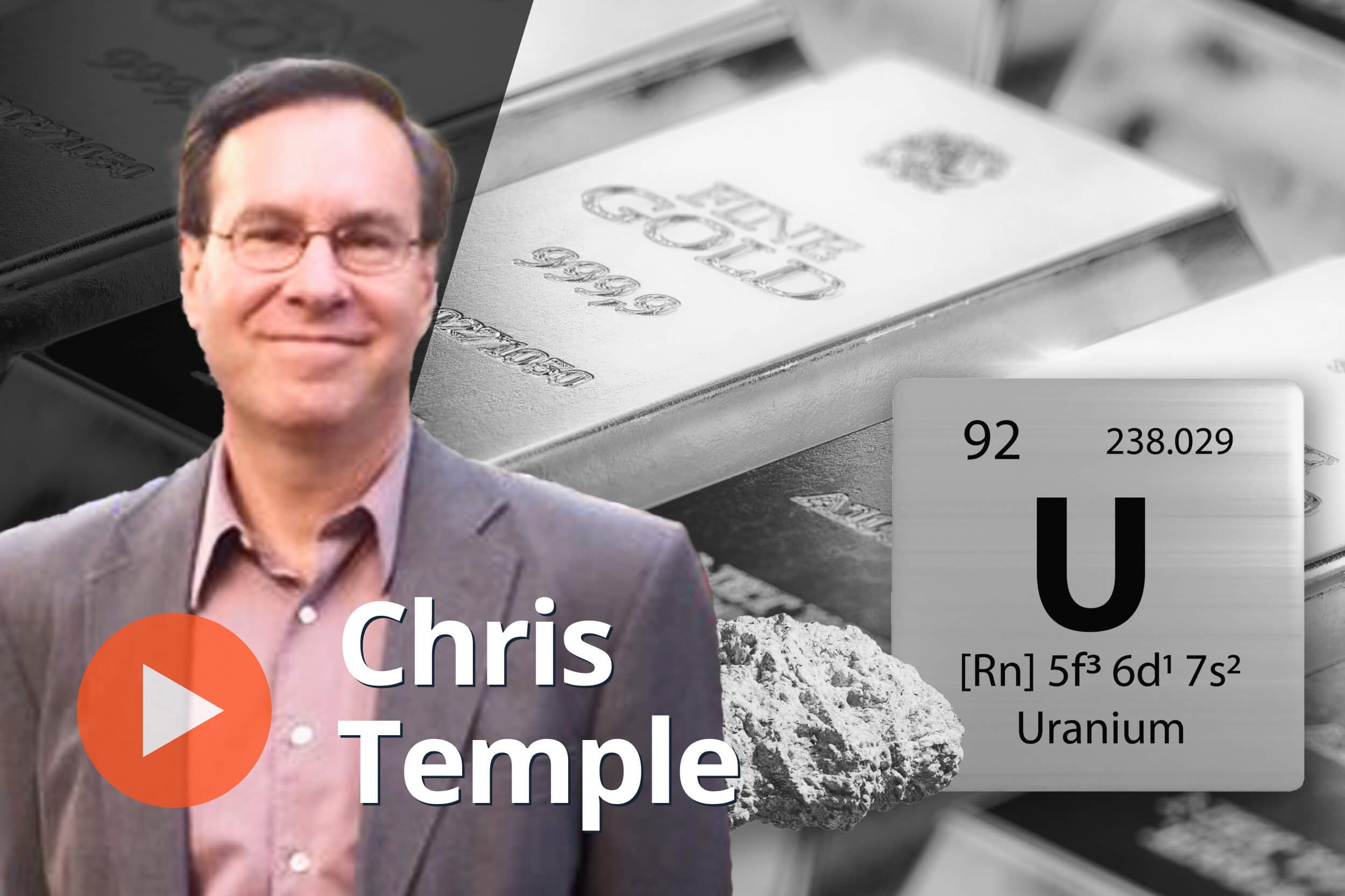
April 27, 2025
Significant reconnaissance air‐core drilling results confirm multiple zones of gold mineralisation at Cardinia, further strengthening Patronus Resources’ exploration pipeline in this highly prospective region.
Patronus Resources Limited (ASX: PTN; “Patronus” or “the Company”) is pleased to report assay results from recent air‐ core drilling at its 100%‐owned Cardinia Gold Project, located near Leonora in Western Australia (see Figure 1), which has resulted in the delineation of multiple strong gold anomalies.
Highlights
- 153‐hole/6,679m reconnaissance Air‐Core (AC) drilling program completed at Cardinia East.
- Significant gold intersections returned, including:
- SC24AC002: 7m @ 0.86 g/t Au from 68m
- X424AC015: 8m @ 1.20 g/t Au from 32m
- X424AC016: 4m @ 1.69 g/t Au from 44m
- The new Scallop Prospect now hosts a confirmed 1km‐long gold trend, situated adjacent to the established Cardinia East resources.
- Follow‐up Reverse Circulation (RC) drilling planned for next quarter to further assess these promising targets.
The results further enhance the Cardinia Gold Project’s reputation as a high‐potential gold asset and reinforce the Company's commitment to advancing this exciting exploration opportunity.
The latest exploration campaign involved an integrated approach, including Induced Polarisation (IP) geophysical surveying, geological mapping, geochemical sampling, RC drilling, and Down‐Hole Electro‐Magnetic (DHEM) surveys—all of which have contributed to a growing understanding of the Cardinia gold system.
Patronus Resources’ Managing Director, John Ingram, commented: “This air‐core program has delivered highly encouraging results, further enhancing our understanding of the mineralised corridors within the Cardinia East Project. The identification of a new 1km‐long anomalous gold trend at Scallop, coupled with its strategic location adjacent to existing resources, significantly enhances the potential of this area. We are excited to commence follow‐up RC drilling next quarter to refine these targets and unlock further value for our shareholders.”

Air‐core Program Overview
The recently completed AC drilling campaign spanned 6,679m across 13 lines and six key prospects within the Cardinia East area (Figure 2). Line spacing varied between 200m and 350m, strategically designed to test geochemical anomalies and underlying structures beneath transported and weathered cover.
Several targets were identified as potential extensions of known mineralised systems, providing further evidence of gold continuity within the project area.
Significant gold intercepts include:
- SC24AC002: 7m @ 0.86 g/t Au from 68m
- SC24AC007: 4m @ 0.61 g/t Au from 8m
- X424AC015: 8m @ 1.20 g/t Au from 32m
- X424AC016: 4m @ 1.69 g/t Au from 44m
The Scallop prospect continues to emerge as a priority exploration target, with geological logging revealing the presence of a distinct pink porphyritic unit—a feature commonly associated with high‐ grade gold shoots in the Cardinia‐Mertondale corridor.
The 1km‐long corridor of gold anomalism sits within a highly prospective structural setting, adjacent to an interpreted D1 shear zone, in close proximity to significant gold mineralisation and with historic workings located nearby. The trend is located between the Helens deposit to the east and the Chieftess and Comedy King prospects to the west (Figure 3). The relationship between the mineralisation at Chieftess, Comedy King, Scallop and Helens is not yet known, and the Company believes that further RC drilling will aid in the geological understanding of these mineralised structures.
Notably, mineralisation appears to continue to the north of the prospect, where the Cardinia Creek currently creates a gap in drilling coverage. However, strong geochemical signatures indicate the potential extension of gold mineralisation beyond the currently drilled area.
Click here for the full ASX Release
This article includes content from Patronus Resources, licensed for the purpose of publishing on Investing News Australia. This article does not constitute financial product advice. It is your responsibility to perform proper due diligence before acting upon any information provided here. Please refer to our full disclaimer here.
The Conversation (0)
1h
Gold Boom, AI Bubble and Black Swans: Where is the Risk?
A mounting artificial intelligence (AI) bubble, overvalued markets and resource nationalism are among the issues experts at the 51st New Orleans Investment Conference flagged for investors heading into 2026. With the ongoing precious metals bull market sending gold and silver prices to fresh... Keep Reading...
1h
Is the AI Arms Race Bolstering Demand for Gold?
The gold price has been trading at record highs above US$4,000 per ounce since October. As top tech companies like NVIDIA (NASDAQ:NVDA), Microsoft (NASDAQ:MSFT) and Alphabet (NASDAQ:GOOGL) battle for AI supremacy, investors are wondering if this arms race is helping to the rush to gold. Gold is... Keep Reading...
1h
Byron King: Gold, Silver Upside "Wide Open," Hard Assets Heating Up
Byron King, editor at Paradigm Press, shares his thoughts on gold and silver, saying their drivers are intact despite the recent price pullback. He also discusses the growing importance of "military metals" like rare earths and antimony.Don’t forget to follow us @INN_Resource for real-time... Keep Reading...
1h
Chris Temple: Gold Game Has Changed, Stocks to Load Up on Now
Chris Temple, founder, editor and publisher of the National Investor, shares his thoughts on gold, noting that the narrative for the yellow metal has changed for the better.He also discusses the US government's recent focus on fast tracking and funding mining projects.Don't forget to follow us... Keep Reading...
2h
Rua Gold Eyes Gold Resource Update as Reefton Drilling Wraps Up in December
Expect Rua Gold (TSXV:RUA,OTCQB:NZAUF) to release an updated resource for its Reefton gold project in New Zealand as early as January 2026, following the anticipated completion of its drill program in December. In an interview with the Investing News Network, Rua Gold CEO Robert Eckford noted... Keep Reading...
16 November
HAS:Drilling-High Grade Gold Mineralisation at Seven Leaders
Metal Bank (MBK:AU) has announced HAS:Drilling-High Grade Gold Mineralisation at Seven LeadersDownload the PDF here. Keep Reading...
Latest News
Latest Press Releases
Related News
TOP STOCKS
American Battery4.030.24
Aion Therapeutic0.10-0.01
Cybin Corp2.140.00




